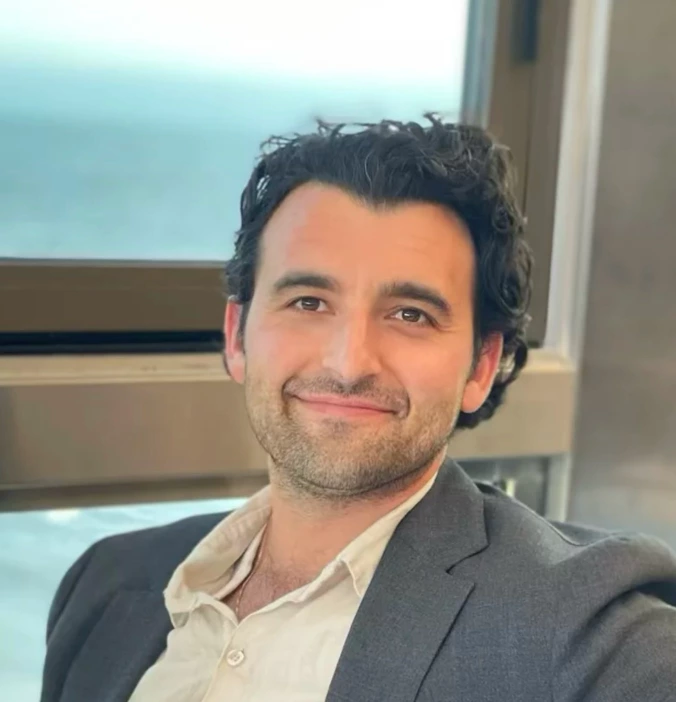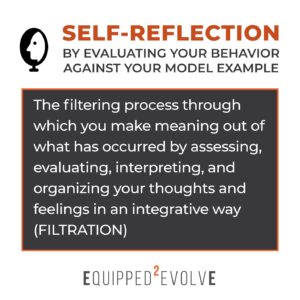An essential component of pursuing mastery in any discipline is to be able to think about your discipline in a meta way. The meta perspective is what allows you to be aware of and understand the axioms and maxims of a given subject matter. Axioms and maxims often reveal the underlying assumptions that frame how specific knowledge is “structured and acquired,” (Scott H. Young, Ultralearning, p. 53).
In the book Ultralearning, Scott H. Young lists nine principles for Ultralearning, and the first principle is meta-learning. Meta-learning is learning about learning, and it involves creating maps that provide you with a sense of the territory you are covering as well as how to navigate that territory. One of the maps Young recommends creating is a WHY, WHAT, and HOW map. WHY refers to identifying the motivation behind your learning pursuit; WHAT refers to the knowledge and abilities that need to be acquired, and HOW refers to resources, environment, and methods that will support your efforts acquiring the necessary knowledge and abilities.
In this post, I am going to apply the WHY, WHAT, HOW mapping strategy to the three different categories of knowledge structure that Young lists as a part of mapping the WHAT described above, i.e., the knowledge and abilities that need to be acquired. Those three categories are Concepts, Facts, and Procedures.
Concepts: “Are ideas that you need to understand in flexible ways in order for them to be useful,” (p. 62).
Facts: “Anything that needs to be memorized… You don’t need to understand them too deeply, so long as you can recall them in the right situations,” (p. 62).
Procedures: “Anything that needs to be practiced. Procedures are actions that need to be performed and may not involve much conscious thinking at all… Learning new vocabulary in a language requires memorizing facts, but pronunciation requires practice,” (pp. 62-63).
I find it helpful to think of concepts as being WHY oriented, facts as being WHAT oriented, and procedures as being HOW oriented.
Concepts reveal a lot of the reasoning and underlying principles behind WHY a certain discipline has existed the way it has for however long it’s been a formal practice that people have studied and mastered.
Facts are WHAT you need to commit to memory in order to apply the concepts in context.
Procedures are HOW you go about practicing and training the facts and concepts to gain experience in the subject matter you are committing to learn.




